Los tras cámaras de una transposición de melodía y acompañamiento: la música es matemática pura
11
About :
ESPAÑOL
Mi gente un gusto presentar materiales didácticos a la comunidad de MUSIC con la intención de que se conviertan en una fuente de aprendizaje para las personas que se estén iniciando en la música y también para aquellos con experiencia en este fascinante arte, porque siempre hay cosas por aprender y afianzar.
ENGLISH

En esta ocasión les comparto los tras cámaras en ese proceso de transposición de la melodía de Dama Antañona y de su respectivo acompañamiento en el “CUATRO”. Vale destacar que esta hermosa melodía fue compuesta por Francisco de Paula Aguirre y la letra a cargo de Leoncio Martínez. La partitura que encontré de Dama Antañona se encuentra en la tonalidad de Sol Mayor, por lo que se me dificultaba en la flauta dulce algunas notas agudas, así que decidí transponer a Fa Mayor.
On this occasion I share with you the behind the scenes of the process of transposition of the melody of Dama Antañona and its respective accompaniment in the "CUATRO". It is worth mentioning that this beautiful melody was composed by Francisco de Paula Aguirre and the lyrics were written by Leoncio Martínez. The score I found of Dama Antañona is in the key of G Major, so I found it difficult to play some high notes on the recorder, so I decided to transpose it to F Major.

Transponer una melodía exige ciertos conocimientos de Armonía, es de vital importancia conocer la distribución de tonos y semitonos en una escala mayor, la distancia que existe entre una nota de la escala musical y otra. En líneas generales partimos de dos semitonos universales, entre las notas MI y FA, y el que existe en las notas SI y DO.
Transposing a melody requires certain knowledge of Harmony, it is of vital importance to know the distribution of tones and semitones in a major scale, the distance that exists between one note of the musical scale and another. In general terms we start from two universal semitones, between the notes E and F, and the one between the notes B and C.

Esto lo puedes comprender fácilmente viendo las teclas del piano, como se resalta en las imagen entre las teclas MI y FA se aprecia que no hay teclas negras, por lo que entre esas notas hay un medio tono de distancia. Cosa que no ocurre entre DO y RE por ejemplo, dado que entre ellas hay una tecla negra, y por lo tanto un tono de distancia entre estas notas. Apreciamos también que entre SI y DO, no hay teclas negras:
You can easily understand this by looking at the piano keys, as highlighted in the image between the keys E and F you can see that there are no black keys, so between these notes there is a half tone distance. Something that does not occur between DO and RE for example, since between them there is a black key, and therefore a tone of distance between these notes. We also notice that between B and C, there are no black keys:

Entender estos conceptos ayuda muchísimo cuando deseamos transponer una melodía, un proceso bastante bonito que cuando lo logramos nos deja ver lo exacto que es la música, de allí que en el título de la publicación la asemejo con las matemáticas. Así como realicé el abordaje de la melodía también trabajé en la transposición del acompañamiento de la misma.
Understanding these concepts helps a lot when we want to transpose a melody, a very nice process that when we achieve it lets us see how accurate music is, hence in the title of the publication I liken it to mathematics. Just as I approached the melody, I also worked on the transposition of the melody's accompaniment.

Quiero confesarles que recurrí al recurso de las “Barras” para facilitar el transitar de acordes por la compleja tonalidad de Si Bemol Mayor “Bb”. En la imagen se aprecia la ejecución del tono “Edim”, sin embargo desde esa posición para pasar a “Bb” me resultaba bastante difícil, entonces preferí valerme del siguiente recurso:
I want to confess that I resorted to the resource of the "Bars" to facilitate the transition of chords through the complex key of B flat major "Bb". In the image you can see the execution of the key "Edim", however from that position to move to "Bb" was quite difficult for me, so I preferred to use the following resource:

Uso una barra y de ese modo cuando vaya a pasar a “Bb” me resulta más sencillo. En el recurso audiovisual del comienzo de esta publicación profundizo en estos análisis.
¿Y que te pareció este proceso de transposición de esta hermosa melodía como lo es Dama Antañona?
Me encantaría recibir tus opiniones en torno a esta interrogante. Este material espero sea de gran utilidad, y ahora el reto es ensayar mucho, para interpretar este melodía en la Flauta Dulce, y al mismo tiempo acompañarme con el Cuatro. Hasta una pronta oportunidad mi gente linda de MUSIC y de la blockchain de HIVE en general. Se les quiere mucho. Escribió para ustedes:

Créditos
@normacanaza encargada del proceso de grabación del video y toma de fotografías
El video fue editado con Filmora 11
El logo de MUSIC es cortesía de la comunidad
El fondo musical empleado en el separador entre escenas es extraído de Pixabay: https://pixabay.com/es/music/optimista-miyagisama-underwater-fantasy-
production-music-exploration-optimistic-9916/
La partitura de Dama Antañona, se puede ubicar en el siguiente enlace: https://steemit.com/spanish/@alepianist/steemit-classical-11-dama-antanona
I use a bar and that way when I go to "Bb" it is easier for me. In the audiovisual resource at the beginning of this publication I go deeper into these analyses.
And what did you think about this process of transposition of this beautiful melody like Dama Antañona?
I would love to receive your opinions about this question. I hope this material will be of great use, and now the challenge is to rehearse a lot, to interpret this melody on the recorder, and at the same time to accompany myself with the Cuatro. Until a prompt opportunity my beautiful people of MUSIC and of the HIVE blockchain in general. You are very much loved. Written for you:

Credits
@normacanaza in charge of the video recording and photography process.
The video was edited with Filmora 11
MUSIC logo courtesy of the community
The musical background used in the separator between scenes is extracted from Pixabay: https://pixabay.com/es/music/optimista-miyagisama-underwater-fantasy-production-music-exploration-optimistic-9916/
The score of Dama Antañona, can be found at the following link: https://steemit.com/spanish/@alepianist/steemit-classical-11-dama-antanona
The translation into English was done with the DEEPL TRANSLATOR tool: https://www.deepl.com/es/translator
Tags :
Their limit for today is $0!

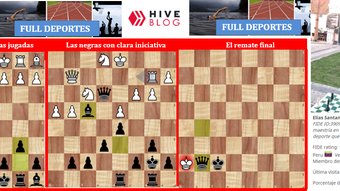







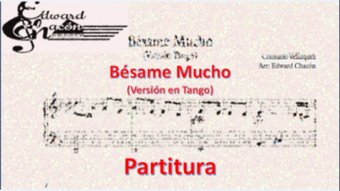





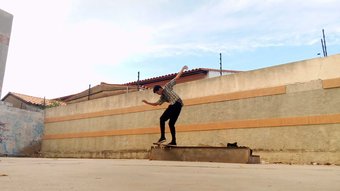




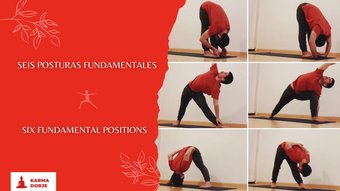



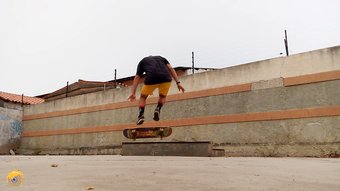


Comments:
Reply:
To comment on this video please connect a HIVE account to your profile: Connect HIVE Account